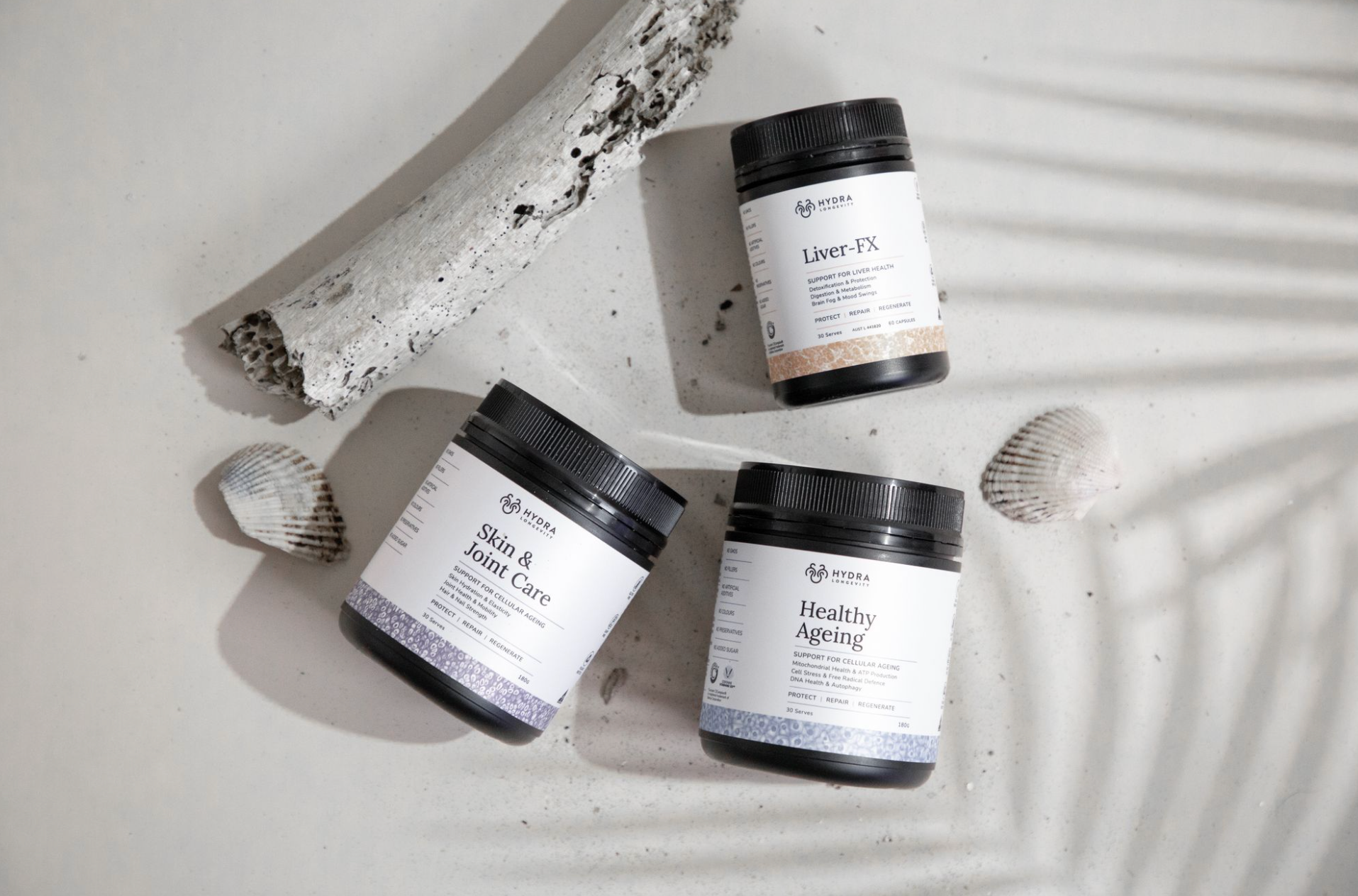We hear a lot about chronic disease nowadays: cancer, heart disease, diabetes, osteoporosis, alzheimer’s, the list goes on. But is it bad luck that we get these medical problems? Are they inevitable or is there something we can do about it?
Scientists now know that many of our chronic diseases are a consequence of the way we live our daily lives in this current world. They are the result of damaged and tired cells overwhelming the repair and regeneration mechanism of those cells. It has become the greatest crisis of our time with over 90% of deaths in many countries around the world being attributed to the big four – heart disease, diabetes, cancer and chronic respiratory disease.
Let’s take a short journey to chronic disease with Steve.
Steve is a 42 year old man with a lovely family. He lives in an environment, like most of us, which makes it incredibly easy to access large quantities of energy dense foods, and equally hard to include regular exercise into his daily life. His diet centres around grains, cereals for breakfast, bread for lunch, biscuits for snacks and pasta or rice for dinner. He says he isn’t stressed but his family and friends tell a different story about Steve, work, family and debt, it all builds up inside him.
It’s been like this for most of his life, but it’s only been the last couple of years that Steve’s started to notice some niggling health issues, feeling more aches and pains, hair starting to grey and putting on a little weight. He doesn’t know it, but these outside signs are starting to mirror some inside problems and cracks are starting to appear in his metabolic function. He's starting to use a lot more insulin from his pancreas to burn off all the carbohydrates and processed foods he’s eating and this excess insulin is starting to cause some silent but damaging effects. As a consequence of his high insulin and internal stress, inflammatory pathways are being activated, blood vessels are narrowing, memory and recall is declining, prostate is growing larger and Steve is even noticing his hairline beginning to recede.
Even before the visible signs started, on a cellular level, his cells were showing evidence of stress and were starting to leak inflammatory markers and acids into his system. His liver has been taking the brunt of this toxicity by trying to soak up the excess sugars and dietary fats. When Steve has his next routine blood tests, his doctor notices small rises in cholesterol, triglycerides, glucose and drops in HDL good cholesterol. But while still in the “normal range”, he notices that they have been creeping up over the years.
Recently, Steve has begun to notice significant drops in his energy levels and is worried that he can’t do many of the things that he used to be able to do when he was younger. One day after he was out playing with his son in the park, he returned home feeling exhausted and depressed and started to contemplate the possibility that he might actually be getting ‘old’. If Steve could see his mitochondria and appreciate the predicament they are in then he might begin to understand why he is feeling old.
Like any sophisticated engine, all pathways in the mitochondria need to operate efficiently or waste will begin to accumulate and performance will decline. This build-up of waste and increased inflammation blocks the production and utilisation of important energy producing enzymes like NAD and ATP making the cell increasingly sluggish. Steve has reached the tipping point in the downward slide towards uncontrollable insulin resistance, inflammation, cellular damage and chronic disease.
Unfortunately, this ongoing cellular damage is not limited to the mitochondria, Steve’s DNA, his personal code for life, are becoming frayed, torn and broken via various processes like DNA strand breaks, telomere shortening and chromosomal damage. With the instructions for vital cellular activity becoming unreadable, cellular function starts to deteriorate with catastrophic consequences such as cancer, auto-immune disease and accelerated ageing.
Steve’s situation is at the very heart of what leads us to experience the Hallmarks of Ageing. It's these processes which, left unchecked, are the precursors to the majority of chronic disease.
Although his cells would perhaps not agree, Steve’s life is pretty comfortable, he has a stable food supply and never goes hungry, his indoor lifestyle means he is never subjected to any environmental extremes and he rarely has to exert himself. Unfortunately, this state of affairs is contributing to his ill health and accelerated ageing, depriving his body of the stimuli that would actually keep his cells fit and resistant. This is all compounded by the lack of fruits and vegetables in his diet, which in a healthy diet, supply vital phytochemicals to protect and repair his cells.
What can we do to help stave off the onset of chronic disease?
Well one particularly potent phytochemical to assist you maintain health in the face of these modern day insults is resveratrol. Resveratrol activates a vital stress-resistance pathway in the cell called the sirtuin pathway. SIRT1 is the main pathway that is activated and it promotes a whole series of regulators and proteins that quench oxidative stress and stimulates our own antioxidant protections. Other pathways influenced by resveratrol are PGC-1 alpha, AMPK and FOXO and the suppression of NFkB, strange names for vitally important cellular functions to keep our cells young and vibrant.
Our blends have been designed to give potent doses of resveratrol alongside other scientifically validated natural nutrients such as blueberries, curcumin, green tea and ashwaganda to protect our cells from the ravages of daily living. It is a huge challenge to live a perfect life and eat the perfect diet to minimise mitochondrial damage so we have provided the optimal nutritional support needed, in our blends, to help you to live a long and healthy life.







